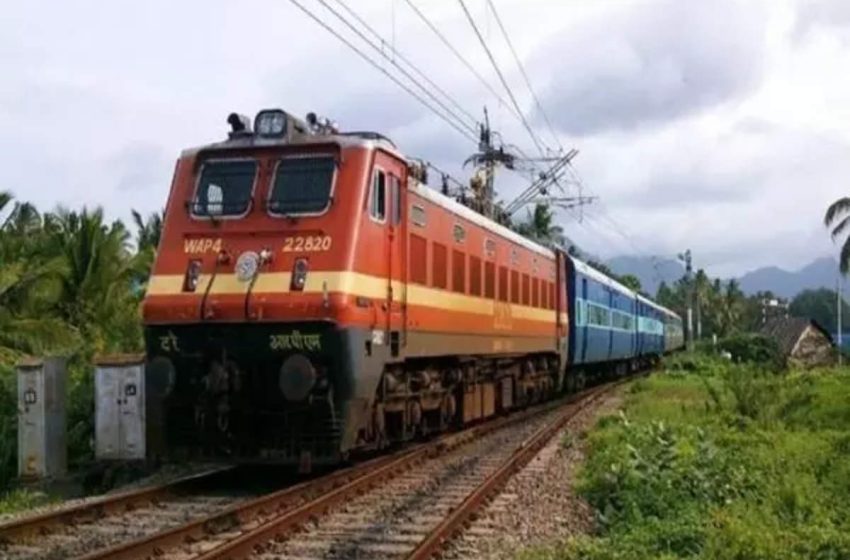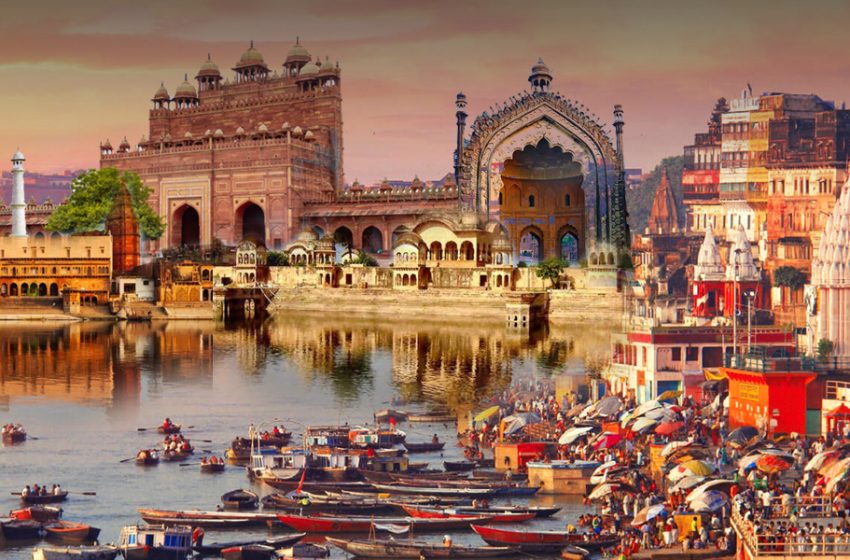EaseMyTrip.com has ventured into electric bus manufacturing market through its new subsidiary, Easy Green Mobility.
Easy Green Mobility will manufacture EV buses, with YoloBus (another subsidiary of EaseMyTrip) serving as its operating arm. This initiative marks a significant milestone in the brand’s commitment of tapping a new segment offering eco-friendly and innovative travel solutions, navigating its journey toward sustainable mobility.
EaseMyTrip is investing INR 200 crore for extensive R&D, Product Development, and setting up Manufacturing Plant over the span of 2-3 years.
The Indian electric bus market is expected to grow at a CAGR of 24% from 2024 to 2030. The establishment of Easy Green Mobility aligns with EaseMyTrip’s vision to capture a significant share of the evolving market and capitalise on the growing demand for electric vehicles (EVs) in India. It stands as a testament to the brand’s committed approach to driving the sector’s growth and offering best & innovative technology solutions.
Commenting on the new launch, Rikant Pittie, Co-Founder, EaseMyTrip, said, “A decade from now, the yearly demand for electric buses is expected to grow to 125,000 to 150,000 units per annum. The current market dynamics present a significant opportunity to enhance supply and meet the growing demand for electric buses by localizing production and creating a fully ‘Make-In-India’ product.”
Sharing about the new entity, he added, “Through the FAME scheme, state-level policies and PLI schemes, the government is encouraging the adoption of electric buses across the country. Our new subsidiary, Easy Green Mobility, is a way to support their exemplary efforts and contribute to India’s vision of becoming a global leader in Green Mobility. Moreover, this move aligns with our growth plans to expand the non-air business and will help us establish a strong foothold in the growing EV and eMobility sector.”
The company will prioritise manufacturing cutting-edge vehicles equipped with advanced technology and energy-efficient battery systems designed to support long-range travel on a single charge. This initiative will establish a strong foundation for expanding its presence in the urban transportation sector with high demand for electric buses both in India and internationally. Easy Green Mobility will build a plant with capacity of 4000-5,000 buses in the initial phase, and shall ramp up production capacity going forward.
EaseMyTrip, through its subsidiary Easy Green Mobility will be operating via YoloBus; YoloBus aims to redefine intercity bus travel for Indian passengers through unparalleled services. Additionally, through YOLOBus; EaseMyTrip will accelerate nationwide transition to net zero carbon mobility in Buses. By 2027-28 the target is to operate 2000+ electric buses across the country.
Together in Consortium Easy Green Mobility + YOLOBus, EaseMyTrip will set a new benchmark for the EV & Mobility industry and solidify its leading position in innovative and sustainable travel solutions. The new subsidiary will leverage EaseMyTrip’s robust brand presence and industry expertise to play a pivotal role in the dynamic EV market. Integrating cutting-edge technology with robust manufacturing practices, it aims to produce high-performance electric buses to enhance efficiency, safety, and passenger comfort.






